Many consider ‘flor’ yeast to be the greatest contribution to the world of fine wine by the Jerez region, regarded as a magical element in biologically aged sherry wine production. Flor yeast creates a distinctive set of flavors that are not found in other wines. As the yeast layer develops on the surface of the wine, it imparts saline, nutty, and yeasty aromas, which are hallmarks of fino and manzanilla. Flor acts as a protective barrier between the wine and the air, preventing oxidation and resulting in a pale, and very crisp wine. Without this protection, the wine would oxidize and develop different characteristics, losing its unique freshness. Flor yeast consumes sugars, alcohol, and other important components of the wine, affecting its composition and balance. Among others, this process reduces the wine’s body and increases its dryness, contributing to the distinctive style of biologically aged sherries. Flor allows winemakers to produce a wine with minimal intervention, relying heavily on natural conditions and the intrinsic properties of the yeast, resulting in a product that is closer to its natural state.
TWISTING THE CONCEPT BEHIND LUSTAU 3 EN RAMA COLLECTION.
As César Saldaña, President of the PDO “Jerez-Xérès-Sherry” & “Manzanilla-Sanlúcar de Barrameda”, describes in his book: “If we take a look inside a fermentation tank in a winemaking facility of the Marco de Jerez during the slow fermentation phase – that is, during October and November – we can observe the progressive proliferation of certain particles on the wine’s surface. From small whitish dots, they gradually turn into little “islands”; then, after a few days, these start growing and agglomerating, until finally – in a process that only takes a few weeks – they end up forming a homogeneous layer: a sort of creamy skin that completely covers the wine. This is the “veil of flor”, one of the most extraordinary and unique natural factors in the production of sherry wines. A living layer, whose nature has been a mystery for centuries and that has amazed oenologists and biologists around the world, astonished by the singularity of the microorganisms that form it. They are simply yeasts – but of a highly unusual nature.”
(If you’d like to know more about the flor yeast click here.)
Finos and manzanilla en rama are valued as the purest expressions of their styles due to minimal filtration, which retains more natural components and results in more vibrant and intense wines. Bottled during specific times of the year when the flor yeast is most active, these special releases capture the peak characteristics of the wine, available only in small quantities. Selected from special barrels, they exhibit enhanced complexity and depth, closer to the cask condition. Although a large and long amount of flor was once considered beneficial for the flavor profile of a good fino, in the 1970s and 1980s, industrial concerns about consistency and consumer demand for lighter, paler wines led to thorough filtration becoming a standard practice. This attempted to create a defined and stable product with straightforward aromas and no cloudiness or sediment. The downside is that filtering out impurities and yeast residues also removes a lot of intensity, color, and flavor. En Rama sherries, minimally filtered, offer the most immediate and lively perception of the wine, along with fabulous texture. Enthusiasts worldwide highly prize these for their authentic tasting experience. The general guidance is that they are best consumed soon after bottling to appreciate their unparalleled freshness, and stay closer to tasting the wine straight from the cask but are they also worth laying down for years?

LUSTAU 3 EN RAMA AND BOTTLE AGING
Lustau is the only winery that produces wines in each of the three municipalities of Jerez de la Frontera, El Puerto de Santa María, and Sanlúcar de Barrameda. In 2013, Lustau began offering seasonal en rama releases from the solera systems that produce top fino and manzanilla in each location. The 3 En Rama series results from Capataz Sergio Martínez selecting some of the best casks for bottling a limited amount of wine every spring—the activity of the flor yeast varies with the seasons, creating subtle differences in the wine depending on when it is bottled. Spring, with its usual optimal conditions of humidity and temperature, is particularly favorable for the development of a thick, active layer of flor, enhancing the wine’s complexity. This unique collection captures the purest expression of each release’s character and personality over the years.
At Lustau, a firm conviction that en rama wines have the potential to develop wonderfully in the bottle is held. This is based on the idea that the unfiltered and unclarified nature of these wines allows them to retain their unique character and complexity, enabling a more organic and subtle evolution over time. This belief underscores the dedication to producing exceptional wines that continue to delight and surprise as they mature in the bottle.
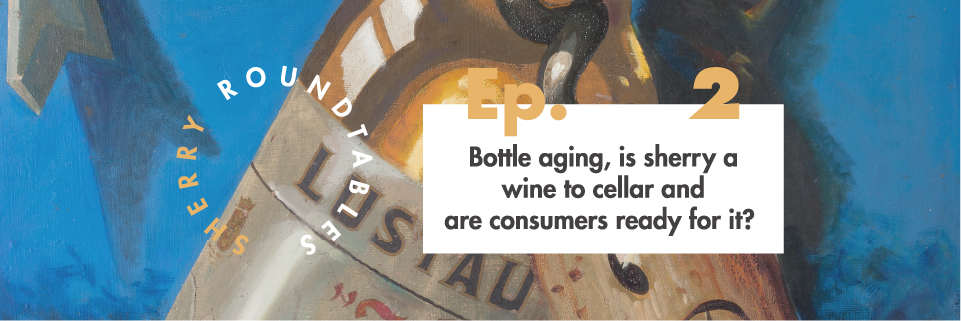
To learn more about the overall bottle aging potential of sherry wines listen to this podcast.
As part of the brand’s scheduled quality controls, in the spring of 2024 some samples from their inventory of previous releases were pulled—as several cases are always stored for future reference. Bottles of Lustau 3 En Rama Manzanilla de Sanlúcar, Fino del Puerto, and Fino de Jerez from the past four years were taken out of their storage facilities to share with a selected group of experts*, including Martínez and some senior members of their technical staff such Fernando Pérez, Head of quality and Vermut Lustau master, as well as independent collaborators such as Sherry Notes’ Ruben Luyten and the Brand’s Global Educator Lucas Payá. The wines were delivered to a tasting room at the winery, where they were tasted together, while Luyten and Payá received them at home. The goal was clear: “Tasting of twelve wines, four consecutive sacas, to assess their condition after their respective time in bottle.”
Before we dive into the details of the experiment, let’s review general bottle aging in wines:
The practice of aging wine can be traced back to ancient civilizations such as the Greeks and Romans, who stored wine in amphorae and wooden casks. Bottle aging became more prevalent with the development of glass bottles in the 17th century. The introduction of cork stoppers also played a significant role in allowing wines to age gracefully by providing a tight seal while allowing minimal oxygen exchange. Different regions have varying approaches to aging wine. For instance, some wines are often stored for extended periods in the original wineries before release, while some New World wines are crafted for earlier consumption.
Here are a few regions where wines may be worth putting away for some time: Bordeaux blends of Cabernet Sauvignon and Merlot can age for decades, developing complex flavors. Burgundy Pinot Noirs and Chardonnays also may age well, evolving nuanced aromas and flavors. Rioja and Ribera del Duero wines in Spain, particularly those labeled “Reserva” and “Gran Reserva”, undergo extensive aging in barrel and bottle. Italian Barolo, Barbaresco, and Brunello di Montalcino, especially “Riservas,” are equally famous for their long aging periods. Napa Valley Cabernet Sauvignon and other premium Californian wines also benefit from the duration of bottle aging. Collectors often seek out specific vintages known for their excellent aging potential. Top-tier wines from the most prestigious regions are highly prized and often stored for decades.
CHANGES IN WINE DURING BOTTLE AGING
Appearance
• Color: Red wines tend to lighten in color as they age, shifting from deep red or purple to brick red or garnet. White wines, on the other hand, darken, changing from pale yellow or greenish to deep gold or amber.
• Clarity: Over time, wines may develop sediment, especially red wines. This sediment is composed of tannins and color pigments that polymerize and precipitate out of the liquid.
Aroma
• Primary Aromas: Fresh fruit and floral aromas diminish over time.
• Secondary Aromas: These arise from the winemaking process (e.g., fermentation and oak aging) and may also evolve, becoming more integrated and subtle.
• Tertiary Aromas: Bottle aging develops tertiary aromas such as dried fruit, leather, tobacco, earth, and spice. These complex aromas are a hallmark of well-aged wines.
Taste
• Tannins: Tannins in red wine soften and become more integrated, reducing astringency and contributing to a smoother mouthfeel.
• Acidity: The perception of acidity may decrease as the wine ages, leading to a more balanced and harmonious taste.
LUSTAU 3 EN RAMA: SACAS 2023, 2022, 2021 & 2020
The team at the winery tasted the twelve wines first, in one single sitting for about 3 hours total. In the end, the group brainstormed for 45 minutes. The group tasted the wines horizontally, comparing the three aging locations saca after saca. As expected, the wines showed a fresh but complex character. That was the perfect scenario to take the wines out of Lustau and let them other taste them to get a wider and more ample perspective of how the wines behaved after these years in bottle.
Lucas Payà received the twelve bottles sometime in mid-March and planned to taste the wines during the first week of May, blocking off two consecutive days on his calendar. His approach to tasting was as follows: he would initially taste all twelve wines vertically, meaning by their single bodega (Sanlúcar, El Puerto, and Jerez) from 2023 to 2020, to establish the broader differences between the four sacas. The next day, he would taste the wines again horizontally, across the three single towns year after year, to confirm his observations from the day before and the overall condition of each saca. Here are some of his notes from both tastings:

Day 1
“There is an unmistakable pattern that emerges across all three vertical flights; some sacas (all three wines entirely) have individually evolved at a different pace”
“After one year in the bottle, all three wines from Saca 2023 remain wonderfully vivid, finely tuned, and fresh, perfectly fulfilling the expectations of a straight-from-the-cask sherry experience.”
“The appearance, aromas, and taste of the four wines in each flight do not manifest a gradual evolution, with Saca 2022 particularly showing a more advanced condition compared to the other bottlings.”
“Generally, the difference between 2021 and 2020 seems smaller (slower evolution) than between 2023 and 2022.”
“Oddly enough, besides the ultra-fresh and layered 2023, Saca 2020 seems to be delivering wines with astonishing precision and exceptional aging potential and power.”
Day 2
“In the horizontal tasting, the quality of the three wines in each saca is consistently aligned with the characteristics of that particular release. Wines from interchangeable towns exhibit outstanding qualities in every flight, but the profile and condition of the three wines from each saca remain solid across all four years.”
“Despite the clear differences in each saca when tasting the twelve bottles vertically, all the wines show remarkable greatness both individually and when grouped under their saca. Therefore, having individual bottles of any of these wines, or the 3-pack combined, would very likely please even the most demanding aficionados.”
Ruben Luyten also received his wines sometime in March. Ruben tasted the wines over several days, comparing them both vertically and horizontally multiple times; he even shared notes of wines being re-visited after three weeks. Here are some of Luyten’s remarks:
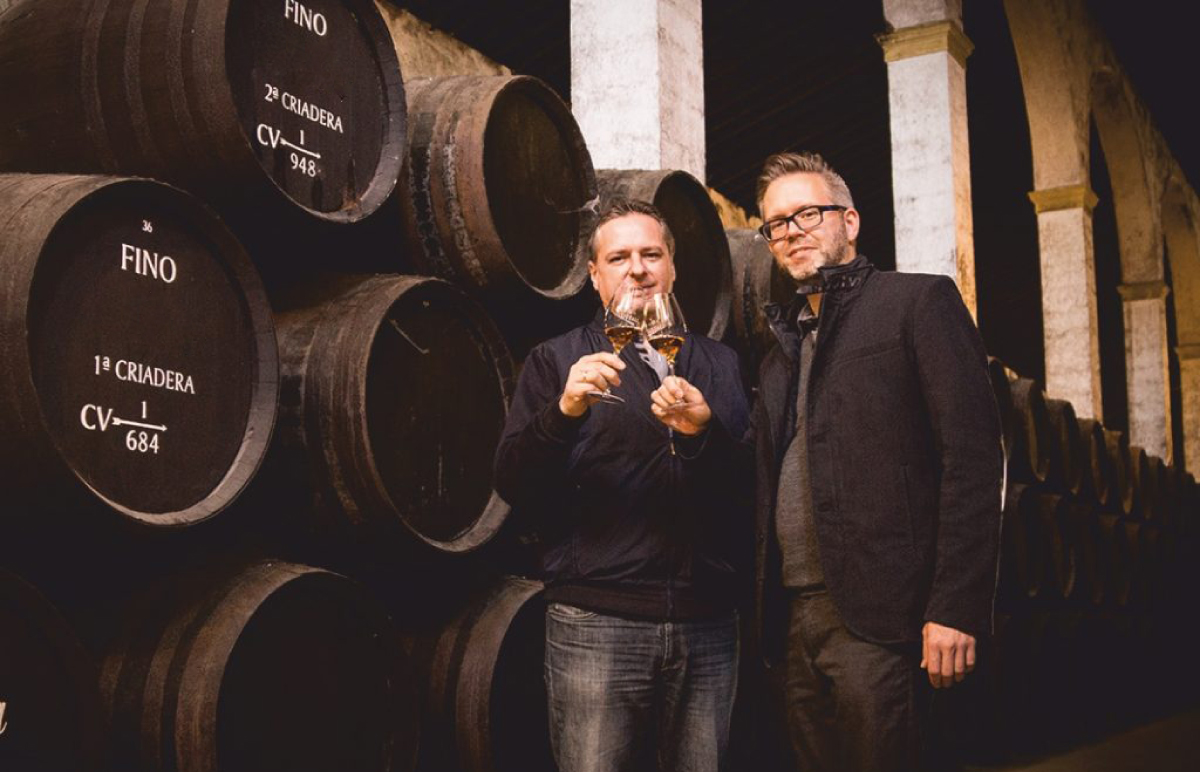
“The 2023 releases were everything I expected from en rama sherry. Plenty of mineral notes, and intense “flor” elements, but also still a subtle fruity/juicy side. (…) All three showed a perfect freshness, indeed very close to trying sherry directly from the cask.”
“So far, the evolution of the changes is fairly linear, even though the gap between 2023 and 2022 was bigger than between 2022 and 2021 in my opinion. However, while trying the 2020 bottlings, this linear idea didn’t make sense anymore. This was a very bright, fresh, and vivid edition again! Slightly deeper and spicier than the 2023, for sure, but perfectly precise, chalky, and coastal, with a brighter acidity than more recent editions. And what’s more, all three wines confirmed this idea of freshness.”
“Why is 2020 so similar to 2023 in terms of freshness? Was 2020 already fresher at the moment of bottling? Does the evolution take place in waves, with ups and downs in terms of freshness?”
“I also kept all bottles in the fridge for three weeks, looking at their evolution after opening. I noticed that the younger bottle (with less bottle aging) kept fresh for almost this entire time, with most of the aromatics largely intact. In fact, the results were better than I expected.”
ANALYSIS AND CONCLUSIONS
On Tuesday, May 21st, the team got together over a video call to compare results and draw potential conclusions. Sergio guided the conversation, kindly explaining the various aspects that may have influenced the wines during the later stages of the winemaking process leading up to their bottling. His explanation was extremely enlightening.
a. Climatic Conditions of Winter – Spring:
Many of the fundamental variables that affect the yeasts (and the wines) in biologically aged sherries are influenced by the climatic conditions experienced during the 4-6 months leading up to the saca, rather than just at the time of the saca itself. In order to investigate this, climatic data for the six months preceding the saca was collected. The data, showing mean/minimum/maximum levels of temperatures, humidity, plus annual rainfall in each aging zone was obtained from the Spanish Meteorological Agency (AEMET).
The data showed that the winter-spring period of 2022 was the most challenging for the flor yeast. Compared to the other years, the mean temperature values of 2022 were the highest in all three locations. The same occurred with the maximum temperatures reaching 40.4°C (104.7°F) in June when the wines were left out of the systems waiting to be bottled. This period also had the least rainfall, with 240.60 mm, and the highest daily hours of sunshine, resulting in low humidity levels across the region. Therefore, it’d be fair to conclude that the 2022 climate and environmental conditions affected the wines not only during the unexpectedly lengthy period between the saca and bottling but also during the several months preceding the saca.
In contrast, Saca 2020 showed the lowest temperature, very high humidity, and the highest rainfall by quite a big margin.
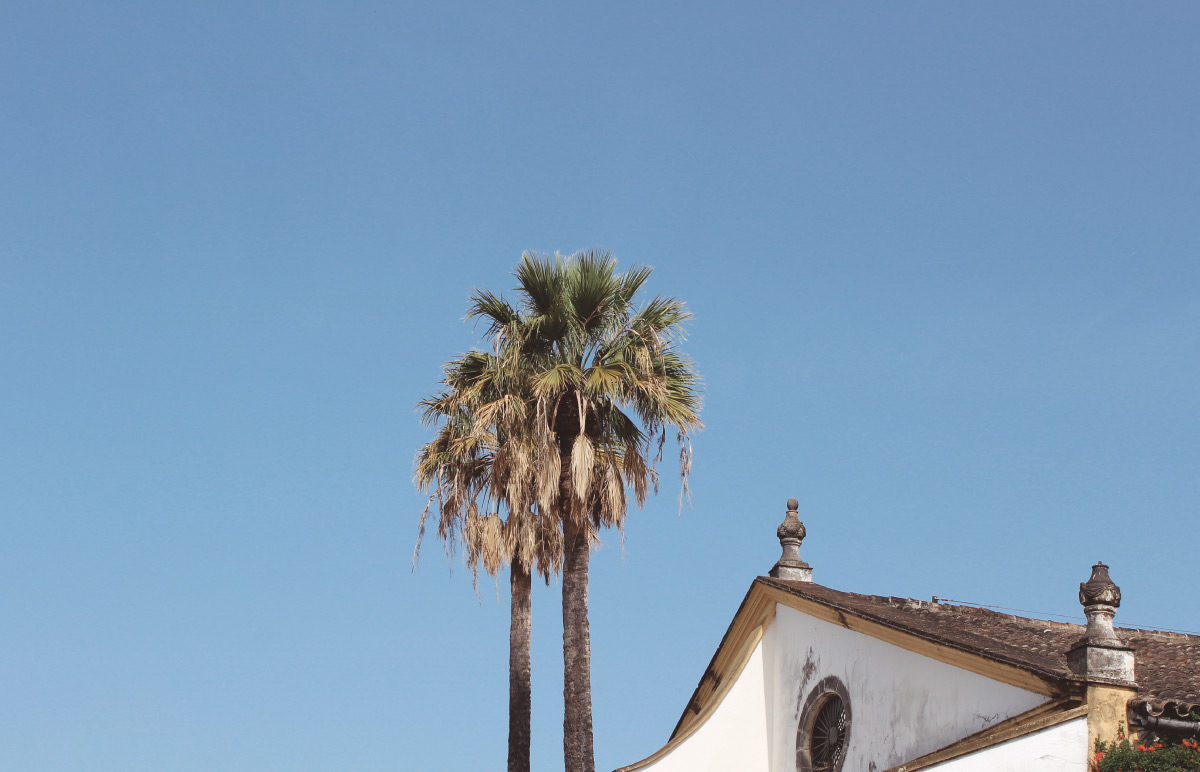
b. Bottling Dates:
• Saca 2020: drawn during the week of May 20
• Saca 2021: drawn during the week of May 11
• Saca 2022: drawn during the 1st week of June
• Saca 2023: drawn during the week of May 10
Saca 2022 has the longest time in the barrel (June), apart from being the saca with the greatest difference in time between its extraction from the solera system and its final bottling. The reason: the global supply crisis of that year that year. It was obvious that the extended time between the saca and bottling of Saca 2022 affected the character of the wine differently. Conclusively, extended time between the saca and bottling may directly influence the organoleptic character of any wine. In other words, exposing the wine to circumstantial elements like those during Saca 2022 may cause the wine to enter the bottle with a different profile.
c. State of the Yeast at the Time of the Saca:
Directly related to the previous point, since the state of the yeasts at the time of the saca will be affected by the climatic conditions experienced in the previous months.
• 2020: Normal. The yeasts developed their activity with a normal and stable progression.
• 2021: Normal. The yeasts developed their activity with a normal and stable progression.
• 2022: Weaker. The yeasts developed their activity more slowly, caused by harsher conditions in the winter-spring of 2022.
• 2023: Normal. The yeasts developed their activity with a normal and stable progression.
Consequently, the time of the saca in 2022 was delayed, and as explained before, that impacted the wines from that year.
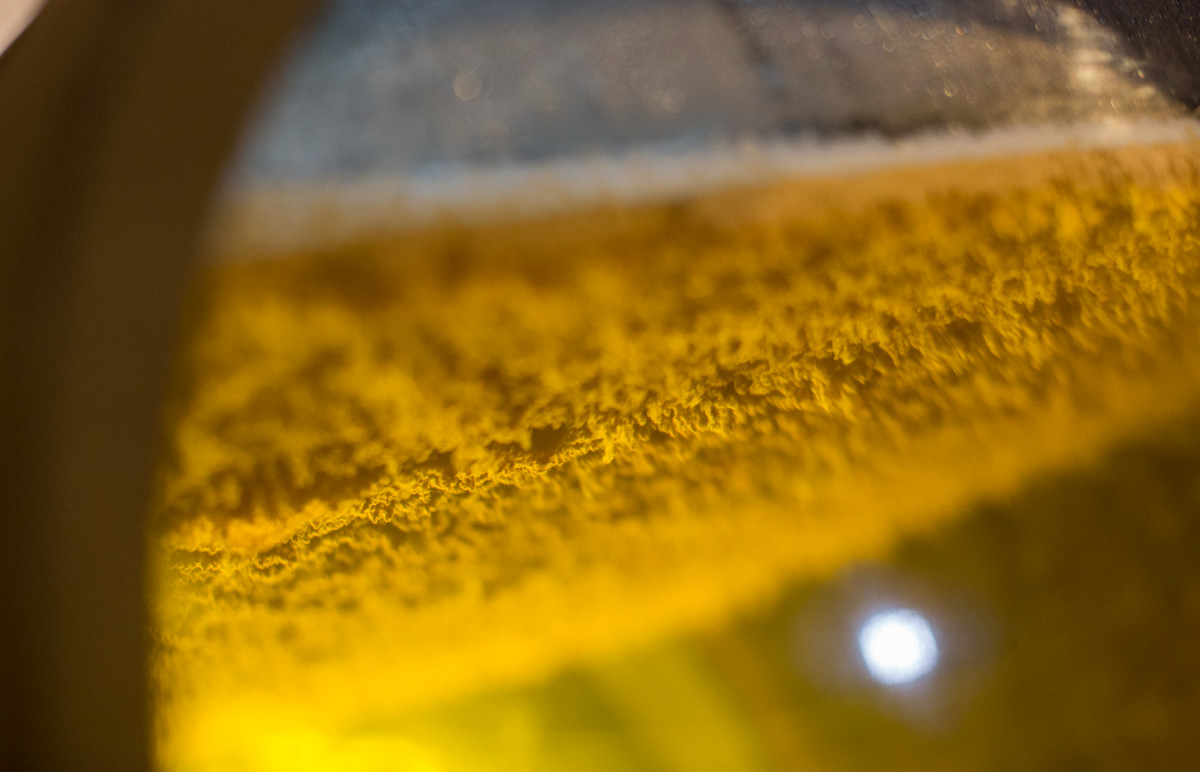
d. Selected Botas:
It’s worth mentioning that barrels selected for this wine collection are always near a window, or in an air draft. Barrels located in the interior or central parts of the rows are usually not selected, as they don’t show the desired level of energy and muscle. There may be exceptions, but the general norm is to choose barrels with the abovementioned specific location characteristics.
• Sanlúcar de Barrameda: The barrels from which manzanilla is extracted are in the Barrio Alto of Sanlúcar de Barrameda, a higher section of town remarkably exposed to the ocean’s breezes.
• El Puerto de Santa María: The barrels from which fino del Puerto is drawn are in a bodega located very close to the Guadalete River and the ocean’s shoreline.
• Jerez de la Frontera: Regarding the previously mentioned exceptions, the wines (botas) from this location are the most varied, due to the wide range of barrels and the numerous ventilation points in this aging facility.
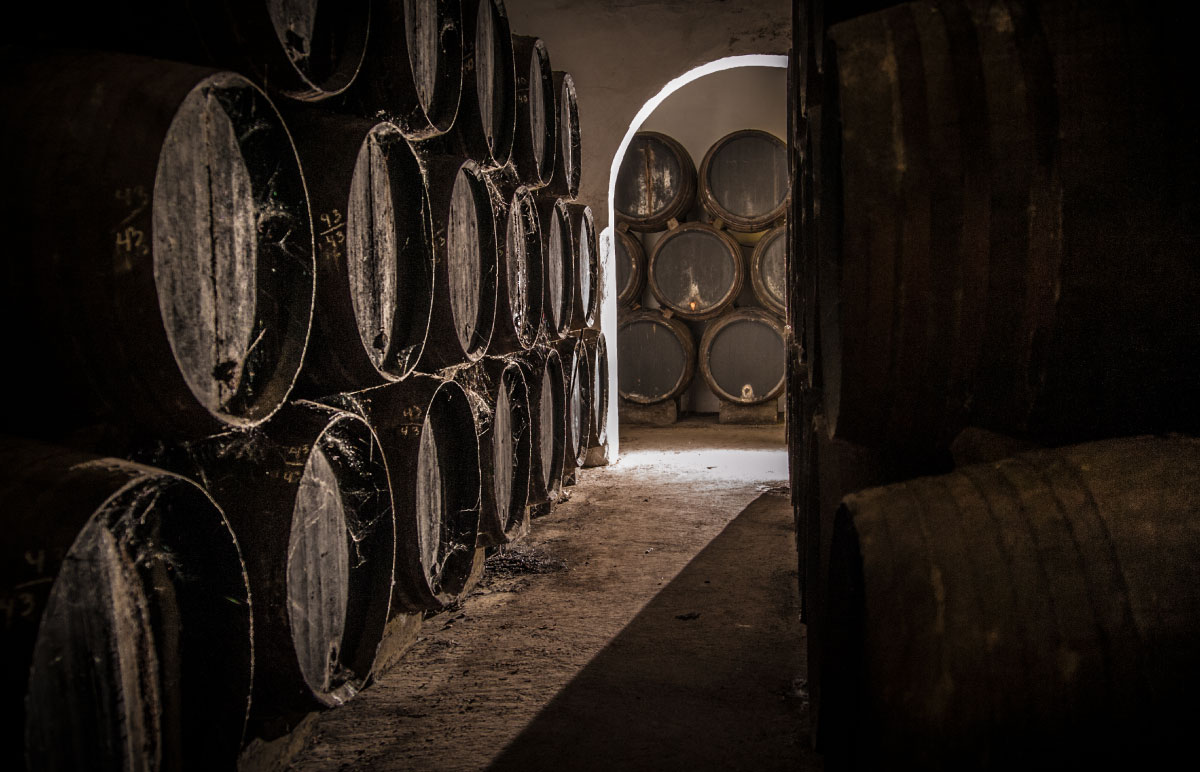
e. Post-Saca Wine Treatment:
The treatment was always minimal across all four sacas, with the wine transferred directly from the barrel to the bottle after passing through a small filter, similar to a “coffee filter,” to retain any solid particles. Additionally, at the moment of sealing the bottle, a puff of nitrogen was introduced into the bottle to ensure preservation.
A QUICK GLANCE AT WINE PROVENANCE BY SHERRY NOTES
It is important to remember that all the samples tasted during this research were coming directly from the winery, always kept in perfect conditions, and away from potentially harmful elements associated with transportation, ownership, and storage. Proper handling is integral to maintaining the quality and integrity of the wine, directly influencing its provenance, value, and overall experience for the consumer.
Based on the above, Ruben Luyten felt the need to also taste bottles from the same releases acquired from vendors in his native Belgium. He told the group that he was going to look for some examples to buy from local stores and compare them to the ‘winery’ bottles. A couple of weeks later, Luyten shared this content with the rest of the team:
“Sergio Martinez already indicated the wines were behaving differently in 2022. I wanted to rule out other influences, so I decided to approach this subject from a different angle. The bottles in this experiment had been stored in perfect (bodega) conditions and somehow the 4-year-old bottles came out better than those of 2 and 3 years of age. Maybe if we could locate other bottles that had been stored in different conditions, then we would see optimal freshness at a different point in time. I then located a couple of bottles from the 2020 edition at a local retailer in Belgium. Surely these were handled differently, starting with the logistics of getting them here, and then probably different storage conditions at the retailer. After trying them, these bottles turned out as brilliant as the ones from the bodega. So apparently something in Saca 2020 makes the wines withstand time better, regardless of storage conditions.”
Conclusions:
After analyzing the above factors, the group reached the following conclusions:
• The influence of the flor yeast on wines after exposure to challenging climatic conditions (wide fluctuations in temperature, humidity, and stability) during the months leading up to bottling may affect the wine character, finding more structured, bolder, richer styles of finos and manzanilla in warmer winters and springs.
• Wines in the cask are alive and will recover thanks to the “flor effect”. Sacas such as 2023, even when extracted from the same botas selected for previous releases, show a different character and potential in general terms. That means that wines from the same solera, extracted from casks located in the same area of the winery, improve after periods of approximately 6 months of intense and constant interaction with the flor yeast.
• All twelve wines individually showed exceptional quality and enough beauty to please the most demanding connoisseurs.
• The best wines remain wonderfully fresh and still perfectly deliver the “trying-sherry-directly-from-the-cask” experience within a year from bottling.
• Much like taking a snapshot, each saca illustrates the condition of the veil of flor yeast and its effect on the wines at the time of bottling. Each saca has its own personality marking the evolution of its wines and contributing complexity to the 3 En Rama wine collection.
• The term “remontado” (off, over oxidized) is a poorly conceived term from the 80’s and 90’s, a time when biological wines underwent very aggressive filtration, clarification, and manipulation processes. Because of these treatments, a ‘rebound’ effect is created where oxidation and degradation in the wines are much greater than in unfiltered wines, which experience a more sustained evolution over time.
• This provides a clear basis to affirm that unfiltered biological aging wines are susceptible to evolving in the bottle more subtly, slowly, and cohesively due to the absence of the undesired effect caused by aggressive filtration or clarification treatments.
• Wine provenance is a key factor that may affect the wine’s quality, collectability, and value. Yet, some En Rama sacas seem to be built to gracefully withstand potentially harmful situations.
• The superb balance, quality, and aging potential shown by all three wines in Saca 2020 is a clear indication that cellaring En Rama sherries can be a very rewarding practice, and that top En Rama Finos and Manzanillas from the best botas are among the greatest white wines in the world.
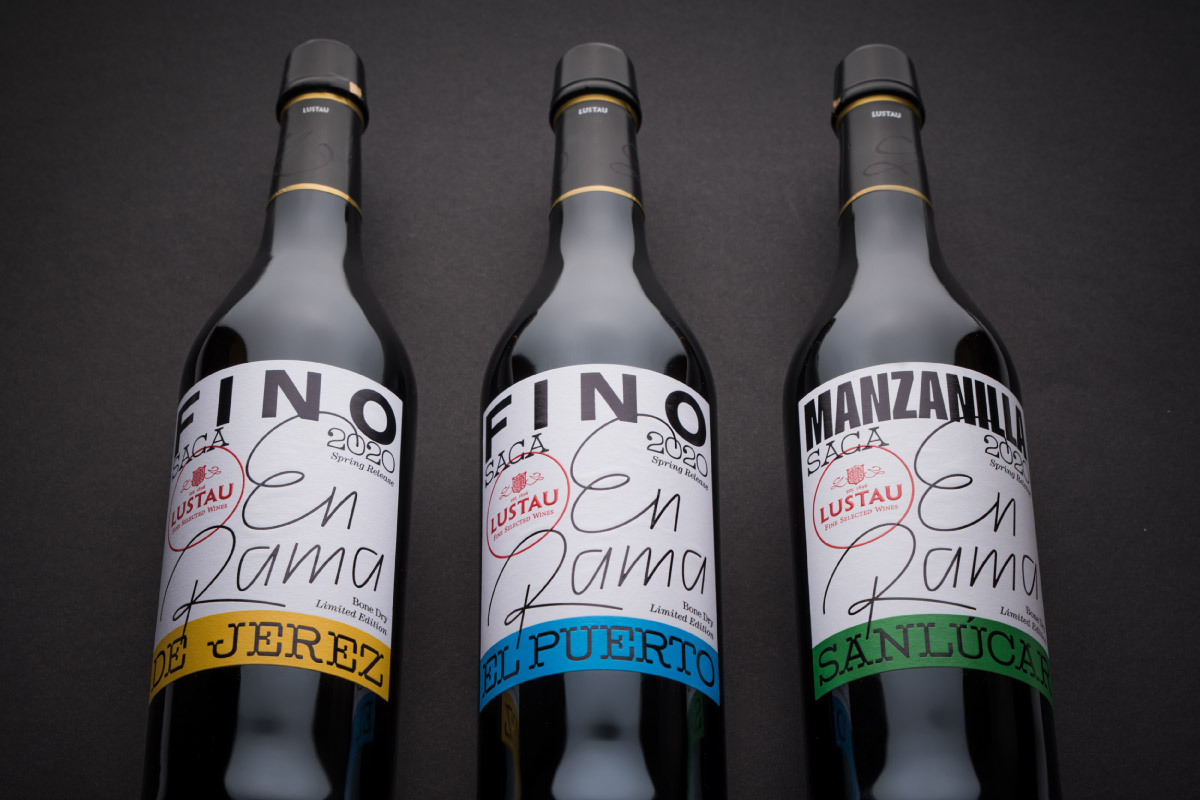
* This project has been possible thanks to the contributions of several professionals, including:
Sergio Martinez Verdugo
Fernando Pérez Sanchez
Ruben Luyten
Lucas Payá
Jaime Marín Estevez
Federico Sanchez Pece Salmerón
Juan Miguel González Bernal
Mario Muñoz González







